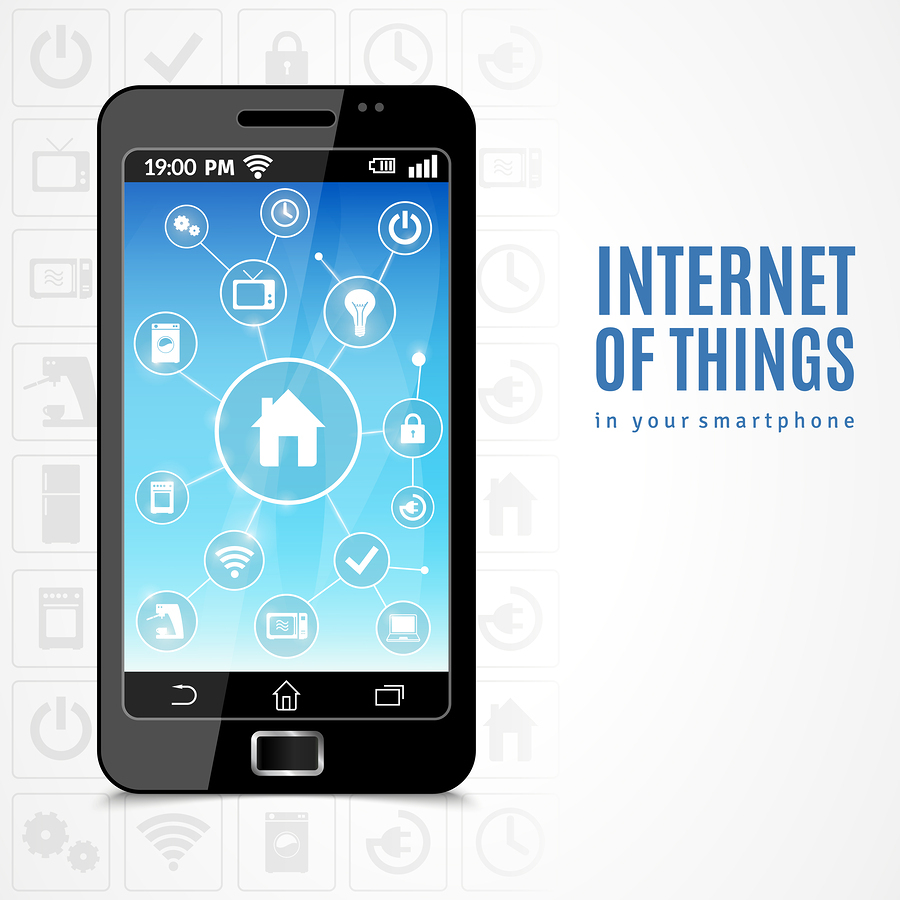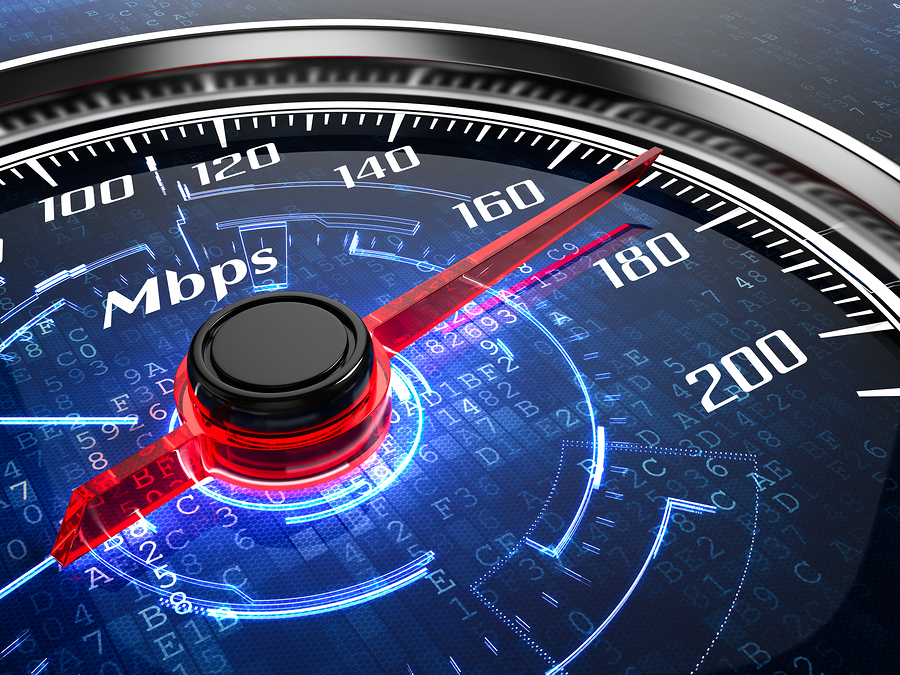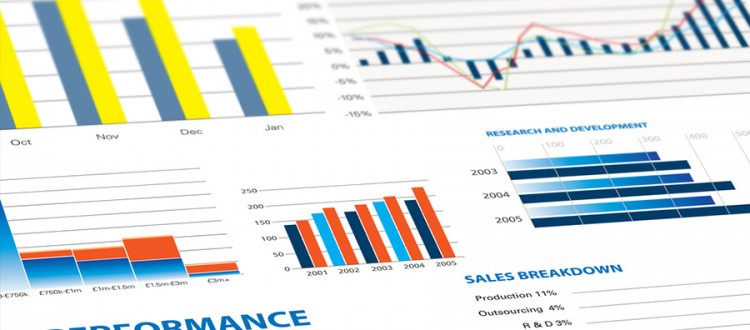Big Data or Small Data: Which Holds the Keys to Effective Advertising?
If you spend much time in tech news journals or industry blogs, it’s easy to get the impression that you are the only business left on planet earth that isn’t using big data. Without it, your competitors are certain to overtake you in your sleep — most likely tonight — and you will probably go out of business within the quarter. Or, so they say.
The reality is that while big data is important and is changing the way marketing and advertising are done, you aren’t sunk without it just yet. In fact, you may find that small data can do for your business what big data is doing for the big guys, at least for now. Plus, it’s an excellent way to delve into data analytics so that your business is ready for big data when your data and budget are.
Differences Between Big Data & Small Data

The enormous numbers of mobile devices, sensors, cameras, and other Internet of Things devices will produce an enormous and constant stream of information, which definitely qualifies for big data.
Do you even have big data to worry about? Let’s find out.
Volume — You can actually have a whole lot of data without having big data. For example, data collected by human workers and entered manually into a system (even if it’s a lot of people over a very long period of time), isn’t likely to qualify for big data. Big data is typically too large to be managed by humans. In fact, big data was established only when machines began to generate the majority of our data. The Internet of Things, for example, will produce big data. Workers cranking away in an office, collecting data from your customers manually isn’t big data. However, that doesn’t mean it isn’t useful! Small data can deliver powerful insight when analyzed smartly.
Variety — Big data is not comprised of lots of repetitive information. For example, no amount of names, email addresses, and phone numbers will qualify as big data. Big data would include buying habits, search histories, social media profiles (including comments, likes, shares, etc.), psychological profiling, and other information on an enormous number of consumers and customers over a considerable length of time. Think information on hundreds of thousands of consumers, not a few hundred or a few thousand.
Velocity — Big data is not only larger than other data sets, it’s also growing quickly. For example, sensors, video cameras, mobile devices, and other devices can collect vast quantities of data from a wide range of sources quickly. Think about how many images are loaded onto social media in a day. A week. A year. Consider how many videos of varied length and on a host of subject matters are uploaded by one billion YouTube each minute. Each hour. Each decade. By comparison, most advertisers are dealing with small data, by a large margin.
Veracity — Veracity is the certainty of the accuracy of the data. When you are working with such unfathomable amounts of data, naturally, you can’t have any verifiable certainty regarding its accuracy. Big data works because of statistics: when you get a large enough sample, it tends to hold its accuracy during analysis, even with a considerable quantity of inaccuracies in the data. For example, when a media outlet polls a million voters regarding who they will vote for, a lot of people can lie or change their minds and not answer without significantly changing the results. However, if the media polls just a few hundred voters, it takes very few liars or mind-changers to throw off the results. Small data can be easier verified and better managed because there’s less of it. But it also can’t tolerate lots of inaccuracies the way big data can.
Deciding Whether Your Organization Needs Big Data or Small Data

Big data isn’t just big. It gets lots bigger much faster than regular old data.
How can you, the advertiser, determine if you need to take on big data, or if a small data initiative will do? First, consider your needs. Do you need the in-depth analysis afforded by big data, or do you simply need to analyze your own customers to get the answers you need? If you need predictive capabilities, however, only big data will do.
What is your budget? Big data is many things, but cheap it isn’t. Most small and many mid-size businesses are better off buying analytical results from other organizations using big data than to try to do it in-house. Finally, you need to have the talent, skills, and tools to manage big data. While the knowledge and skills to manage and analyze can be developed, it isn’t fast, cheap, or easy.
Are you an advertiser who wants to learn more about big data and what it can do for you?


